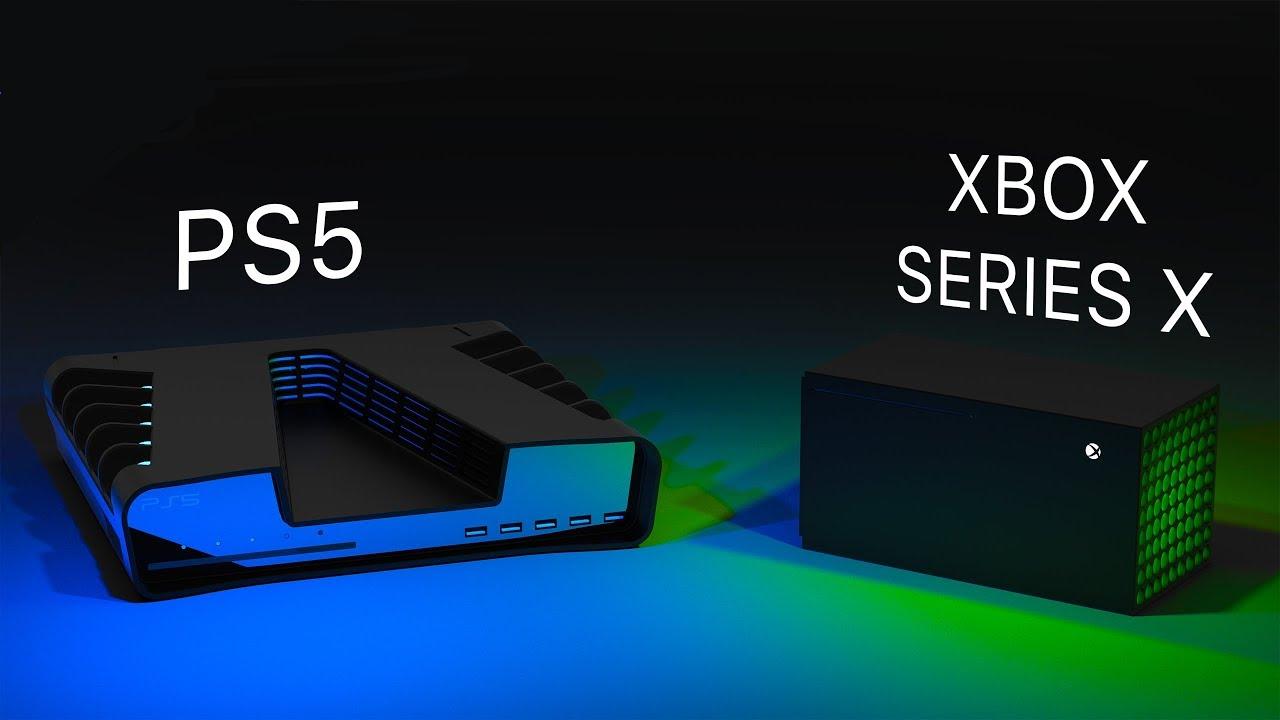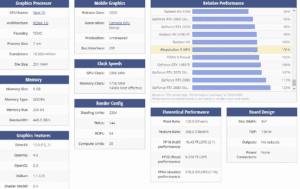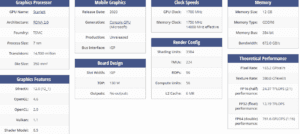Techpowerup has just listed the specifications of the PlayStation 5 and Xbox Series X, allowing players to get an idea of which will be the fastest and cheapest system available. So far, this information is unofficial and must be taken with a grain of salt.
Perhaps what drags the attention is the fact that Microsoft’s Xbox Series X GPU’s memory is allegedly larger than what PS5 has planned. Microsoft went for Scarlett RDNA 2.0 architecture, featuring a 7nm technology ready to deliver 12 GB GDDR6 memory, also comes with 672.0GB/s bandwidth.
While the Sony’s PS5 is taking a different approach, as they have chosen the Navi-10 RDNA 1.0 architecture, which also features a 7nm processor.
Starting at 8GB GDDR6 memory, running at 2000 MHz with up to 448.0GB/s bandwidth, the Sony PlayStation 5 seems like a slower, cheaper alternative on paper, but this alone doesn’t tell the whole story.
Comparing the die size of each GPU, fans can understand more about the Thermal Design Power, and how densely packed the transistors are in each architecture:
The PS5 GPU is allegedly smaller, being just 251 mm², packing 10.300 million transistors, compared to the beefier Xbox Series X, a larger die of 350 mm² consisting on 14.500 million transistors. Of course, this largely affects TDP, and perhaps reflects on why Microsoft opted for a more PC-like format for the appearance of their new console.
GPU TDP doesn’t drastically change between architectures. The Navi 10 architecture having fewer transistors ranks at 150w TDP, while the Series X architecture demands a 180w TDP design. That’s a slight but noteworthy difference, when cramming lots of high-tech hardware that together generates a lot of heat. A slight percentage in the TDP can change a lot in the final design of the console.
On the DirectX and Open GL both GPU are equally capable
Clock speeds also vary between architectures. The Series X’s GPU is rated at 1700 MHz while the Navi-10 architecture delivers a higher clock speed, up to 2000 MHz.
Stay tuned at Gaming Instincts via Twitter, YouTube and Facebook for more gaming news.
No related posts.








